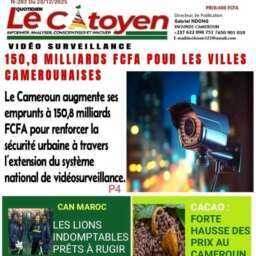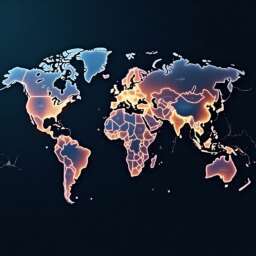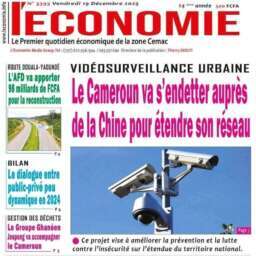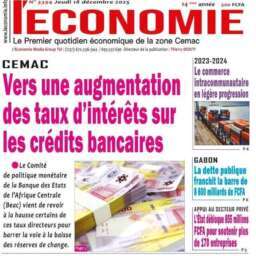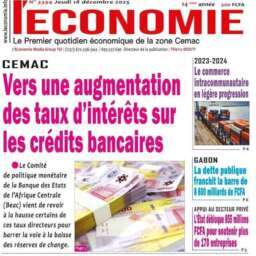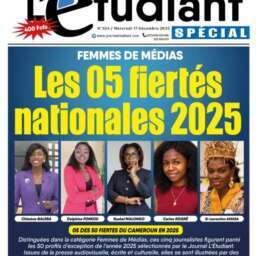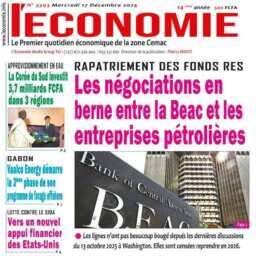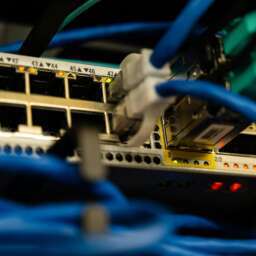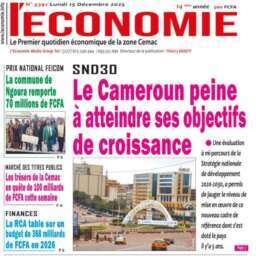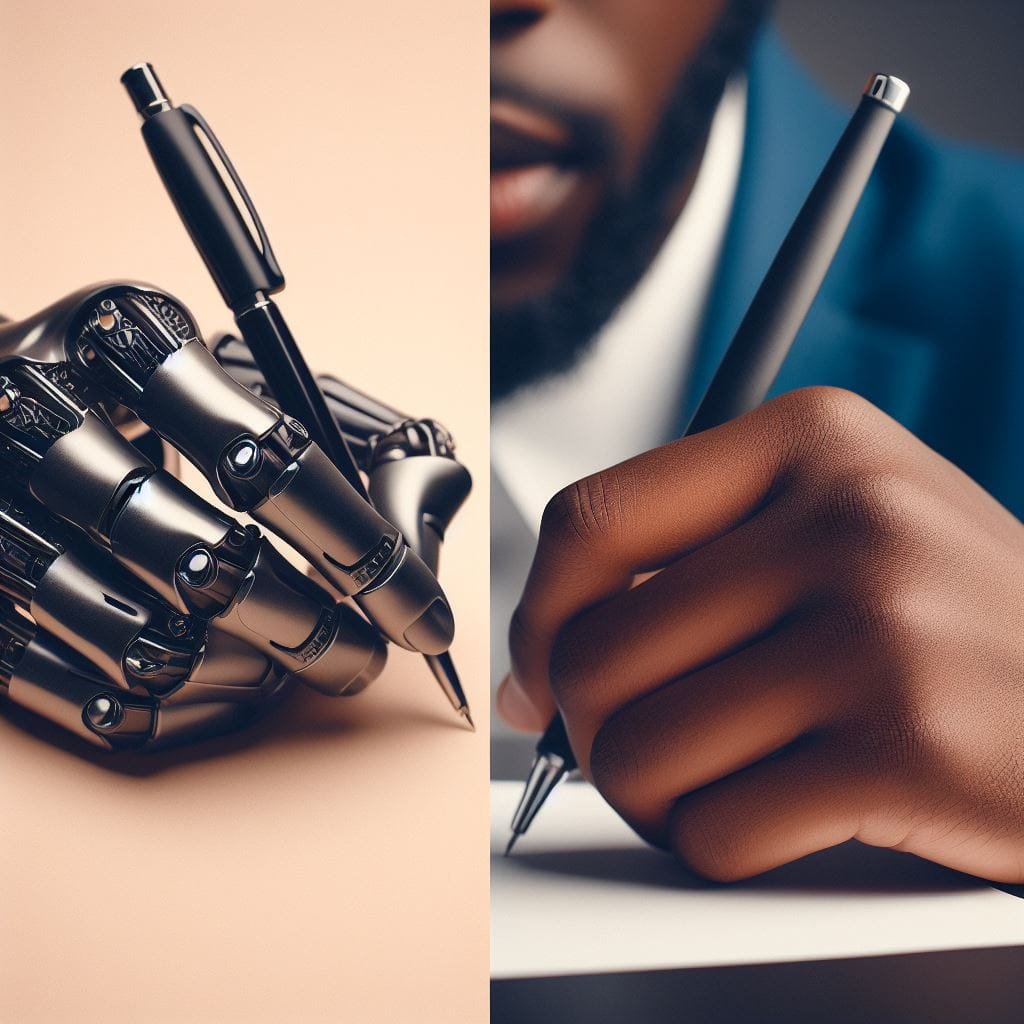In a world increasingly shaped by artificial intelligence (AI), concerns often arise about the impact of technology on human creativity. This article explores the intersection of AI and creativity through the lens of equality of opportunity, examining whether the rise of intelligent machines signals the demise of human innovation.
1. AI as a Tool for Equality:
Contrary to the notion that AI stifles creativity, it can be seen as a tool for providing equal opportunities. Machine learning algorithms can help eliminate bias in decision-making processes, ensuring a fairer playing field for individuals from diverse backgrounds. In this context, AI becomes a catalyst for fostering creativity by creating environments where everyone has an equitable chance to contribute their unique perspectives.
2. Augmentation, not Replacement:
Rather than replacing human creativity, AI has the potential to augment it. By handling routine, repetitive tasks, AI frees up human cognitive resources for more complex and creative endeavours. This shift allows individuals to focus on higher-order thinking, innovation, and problem-solving, enhancing the creative potential of human endeavours.
3. AI as a Collaborative Partner:
The integration of AI in creative processes can be viewed as a partnership rather than a threat. AI tools can analyze vast amounts of data, generate insights, and offer suggestions, acting as collaborative aids to human creators. This collaboration can amplify creativity by combining the strengths of human intuition and the analytical capabilities of AI.
4. Addressing Ethical Considerations:
The discussion around AI and creativity must also address ethical considerations. Ensuring equality of opportunity involves navigating issues of algorithmic bias, data privacy, and the responsible use of technology. By addressing these concerns, society can harness the benefits of AI while mitigating potential risks to creativity and individual opportunity.
5. Education and Access:
To fully leverage the creative potential of AI, a focus on education and accessibility is crucial. Ensuring that individuals, regardless of background, have access to AI tools and the skills to use them empowers a more inclusive creative landscape. This approach aligns with the principle of equality of opportunity by democratizing access to technology and knowledge.
In conclusion, while concerns about AI impacting creativity persist, a perspective grounded in equality of opportunity reveals a more nuanced relationship. Rather than being the death knell of creativity, AI has the potential to enhance it, provided we approach its integration ethically and ensure that the benefits are accessible to all. The future may well be a landscape where human creativity flourishes in collaboration with intelligent machines, opening new frontiers of innovation and opportunity for everyone.



